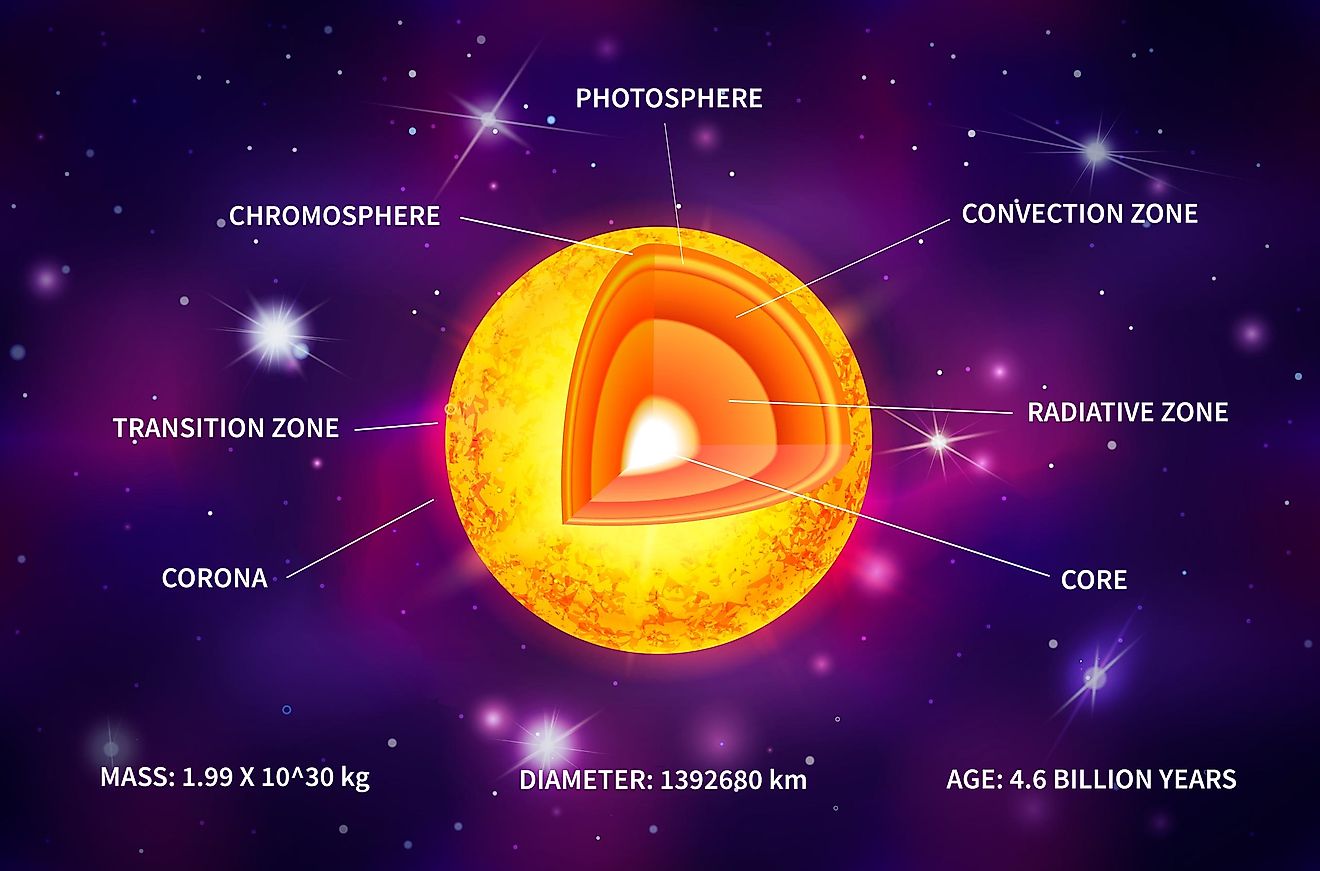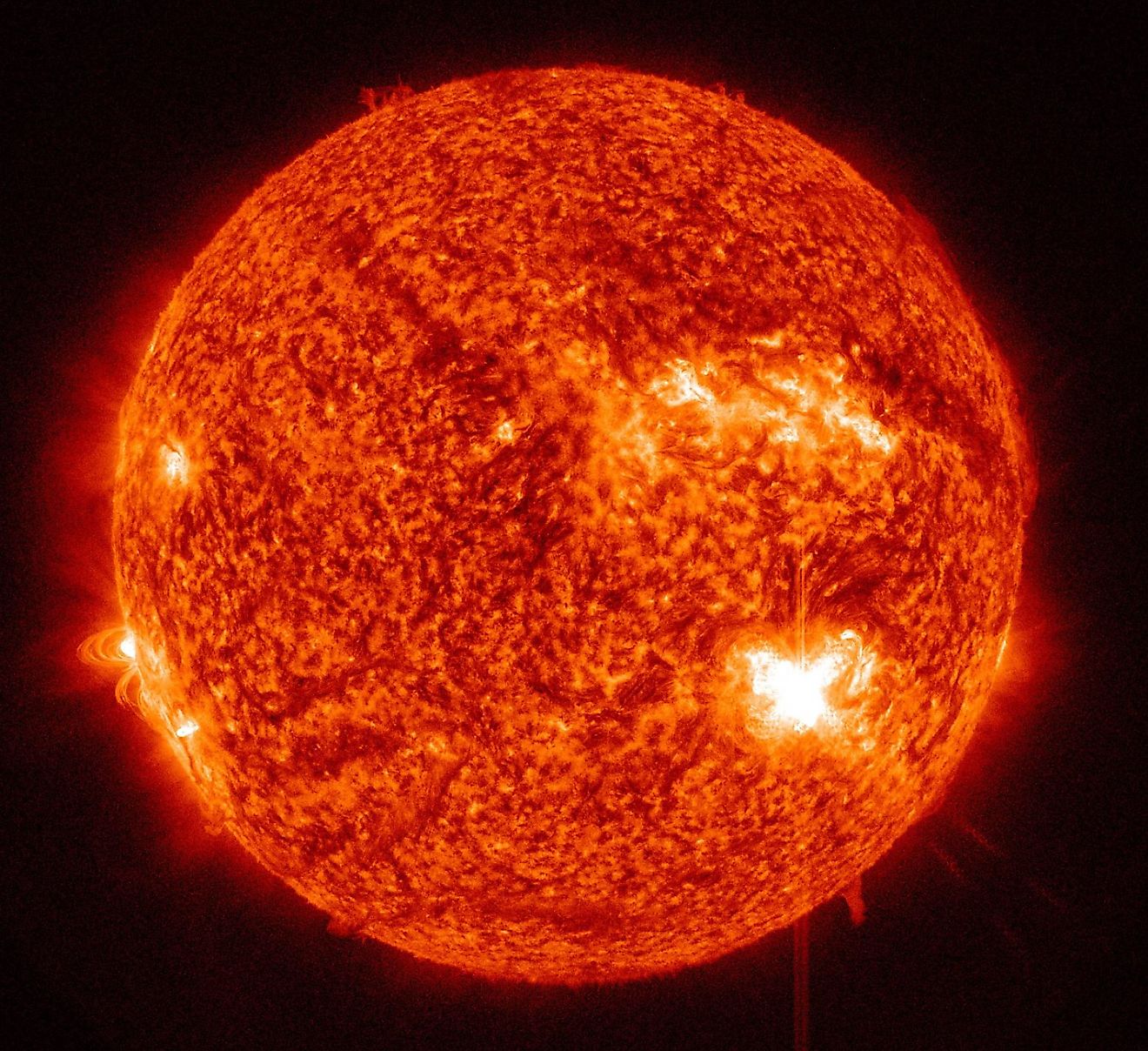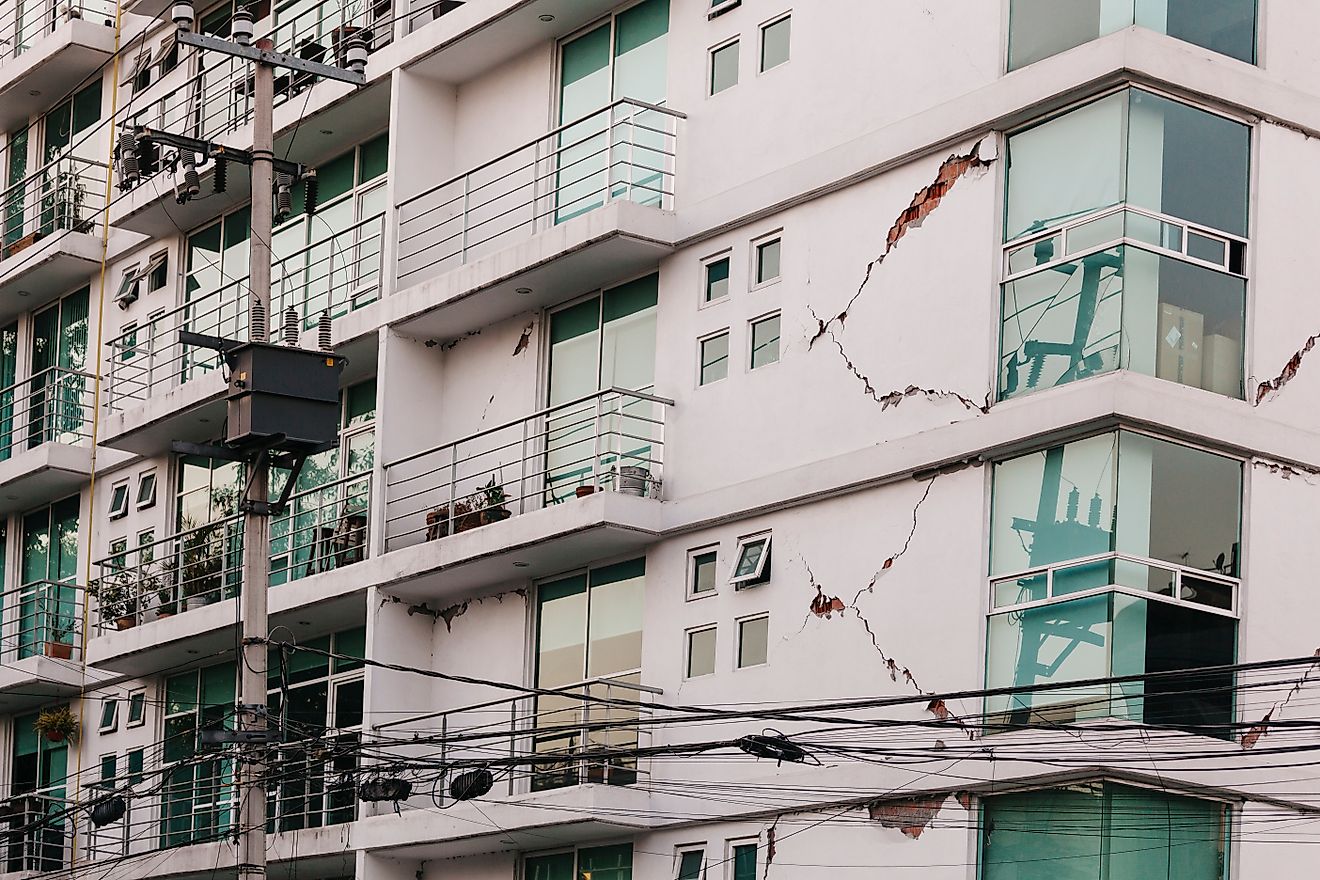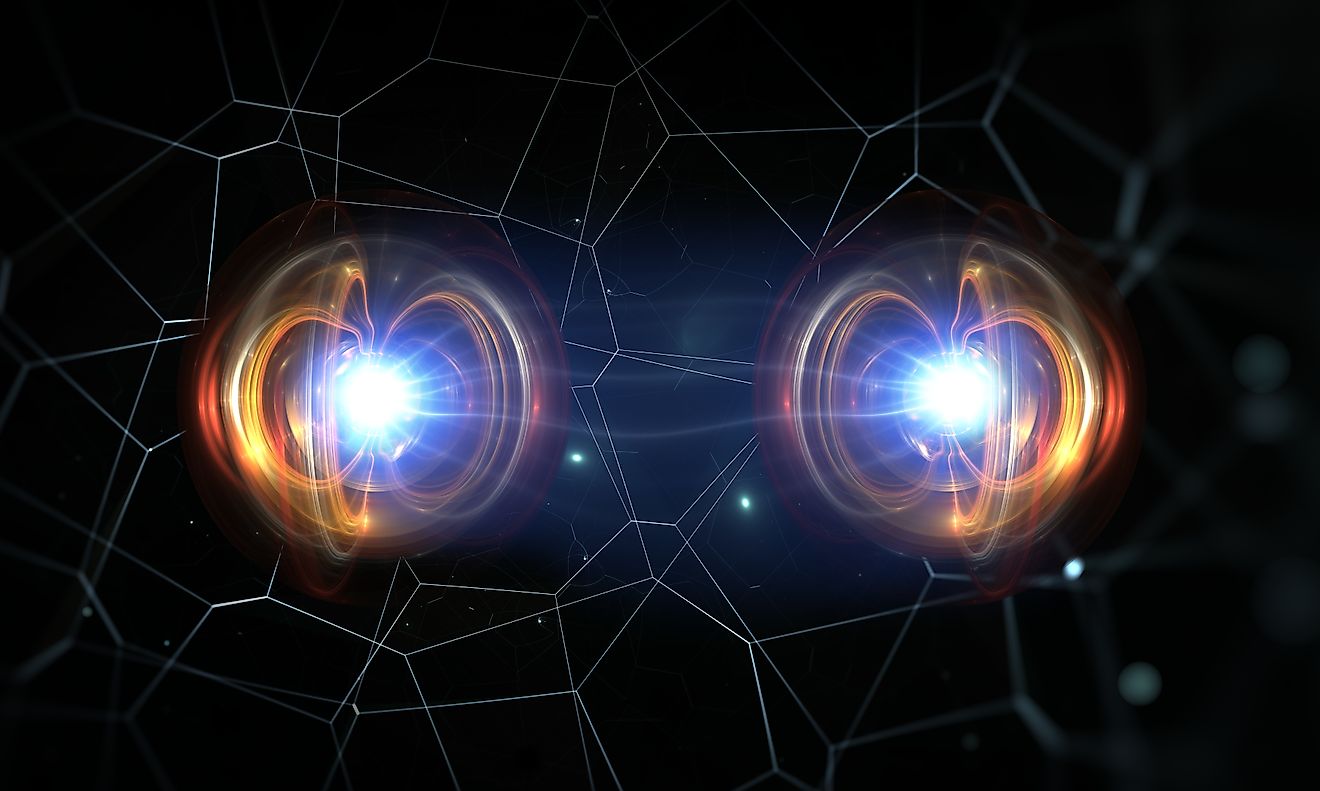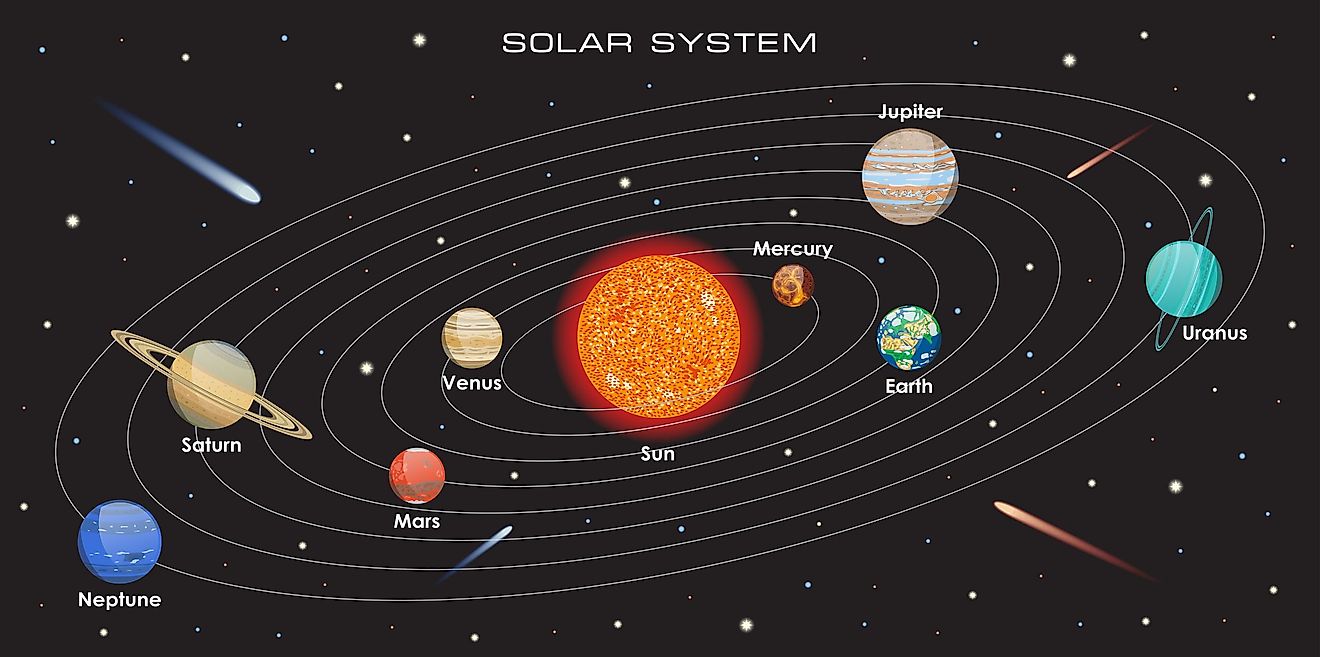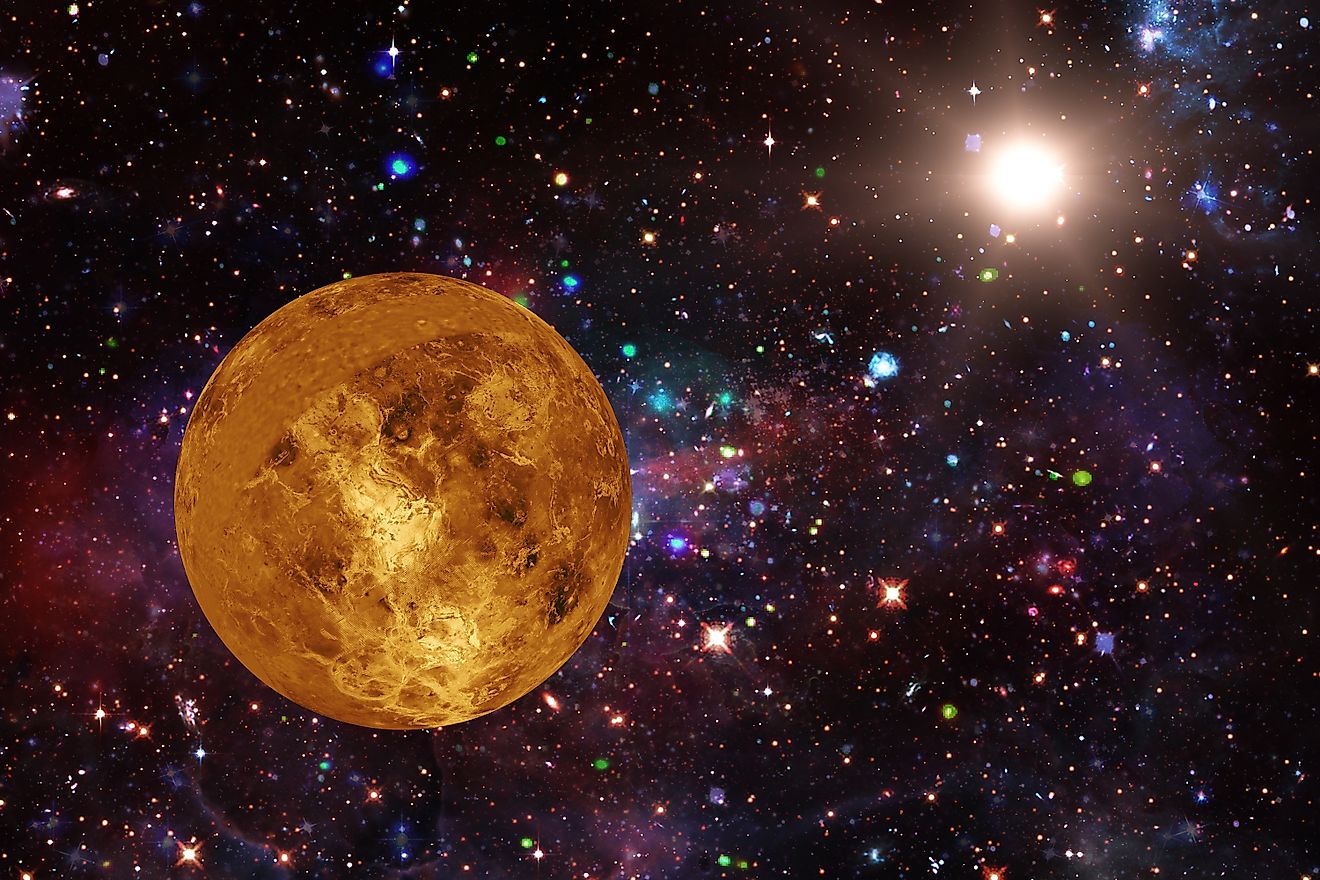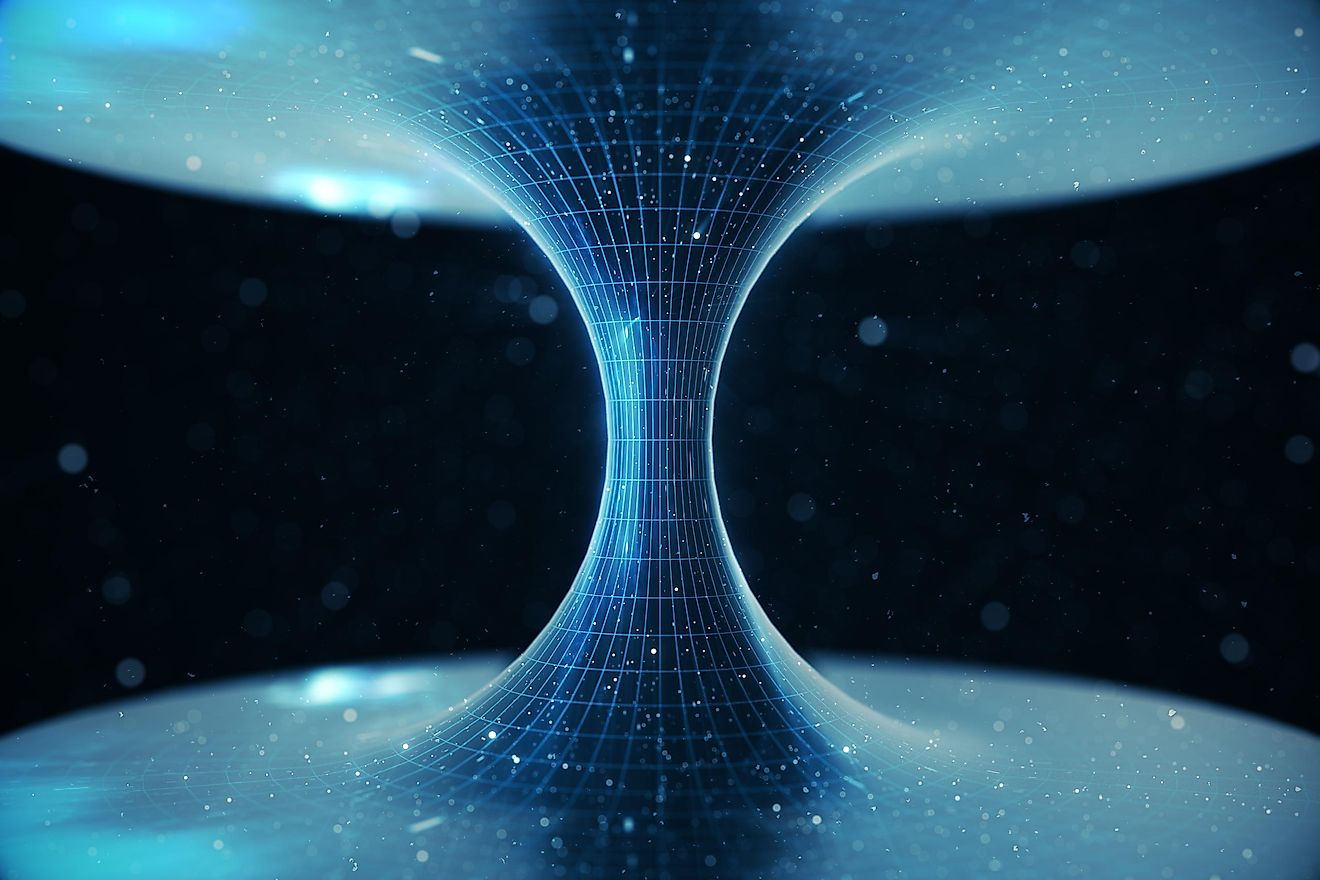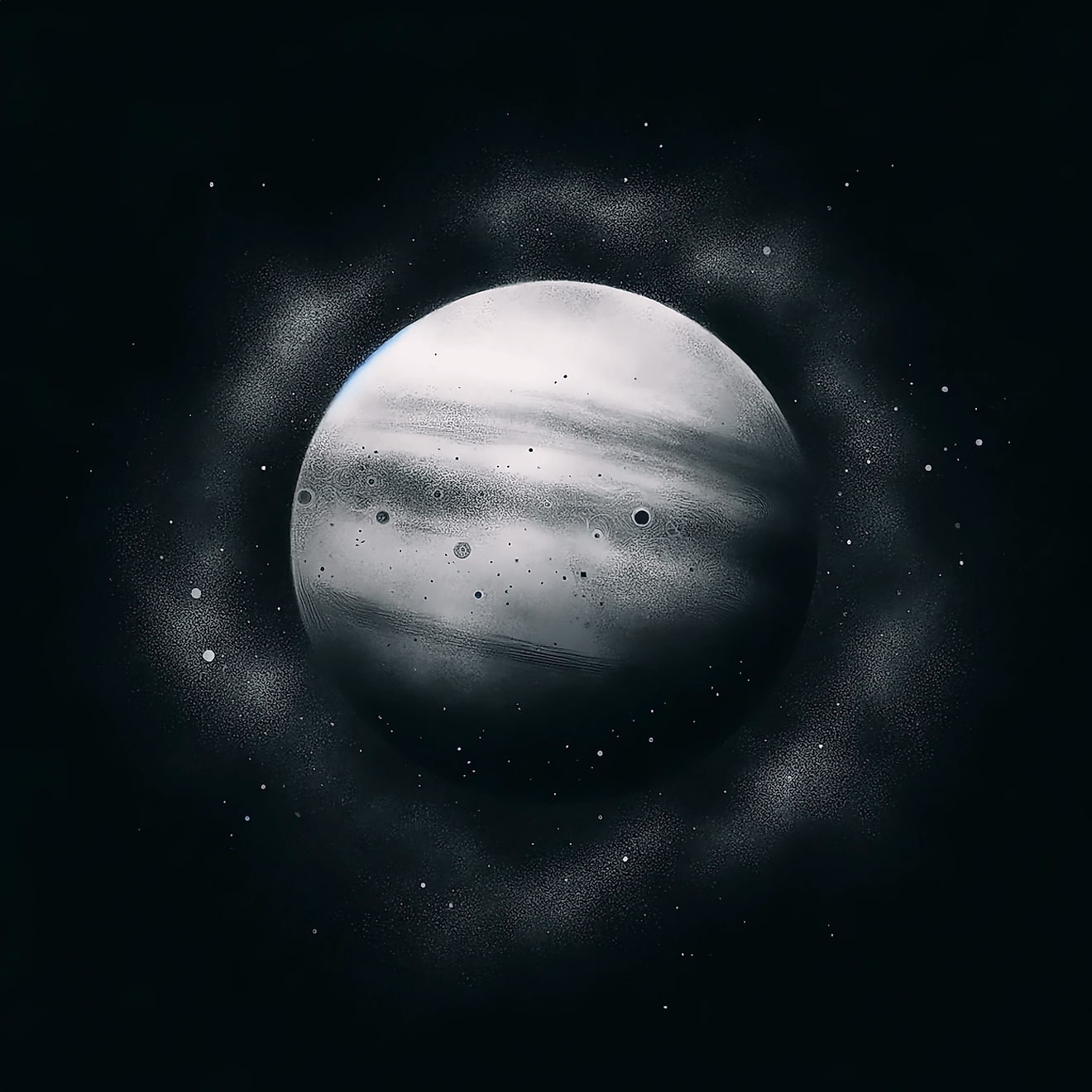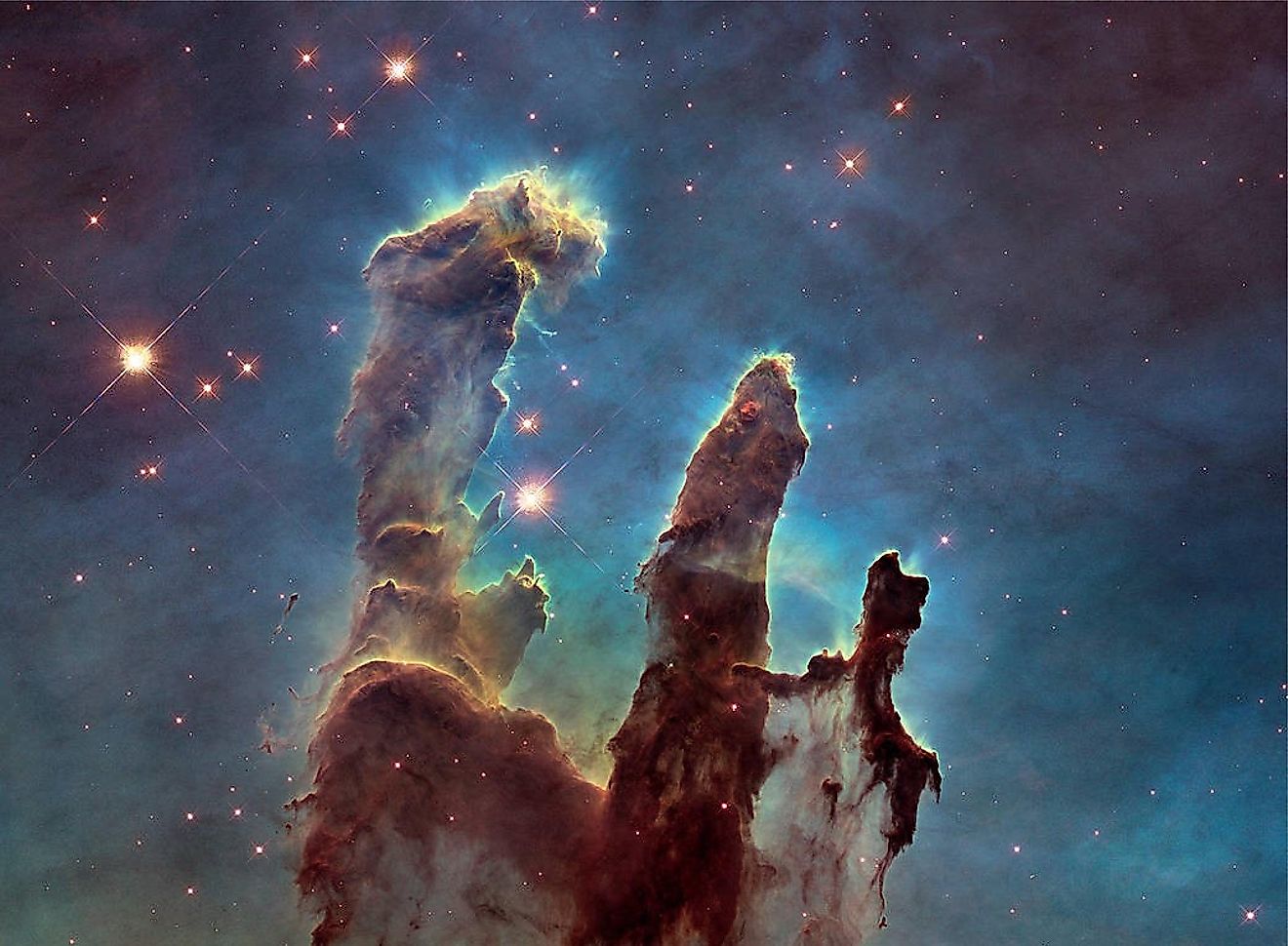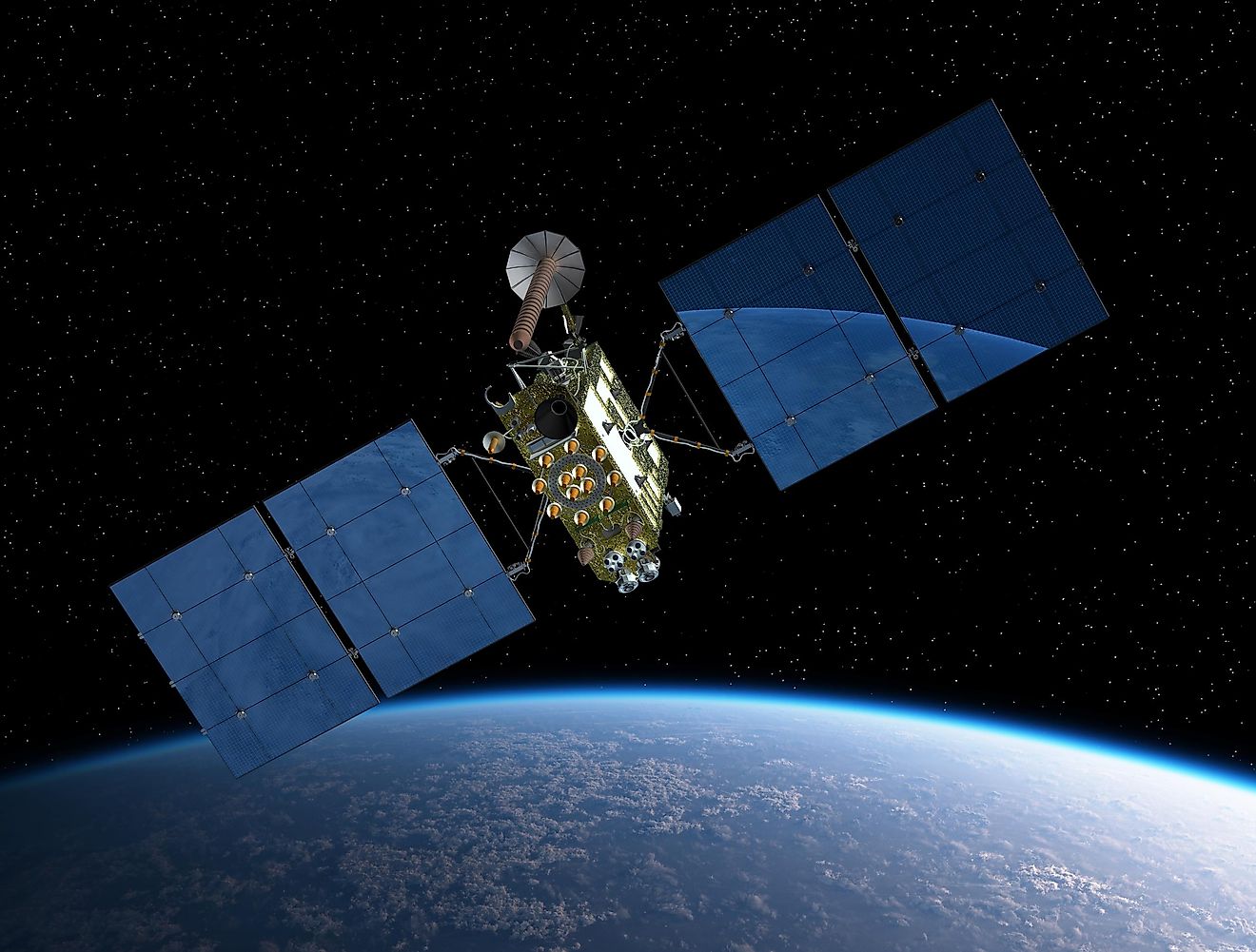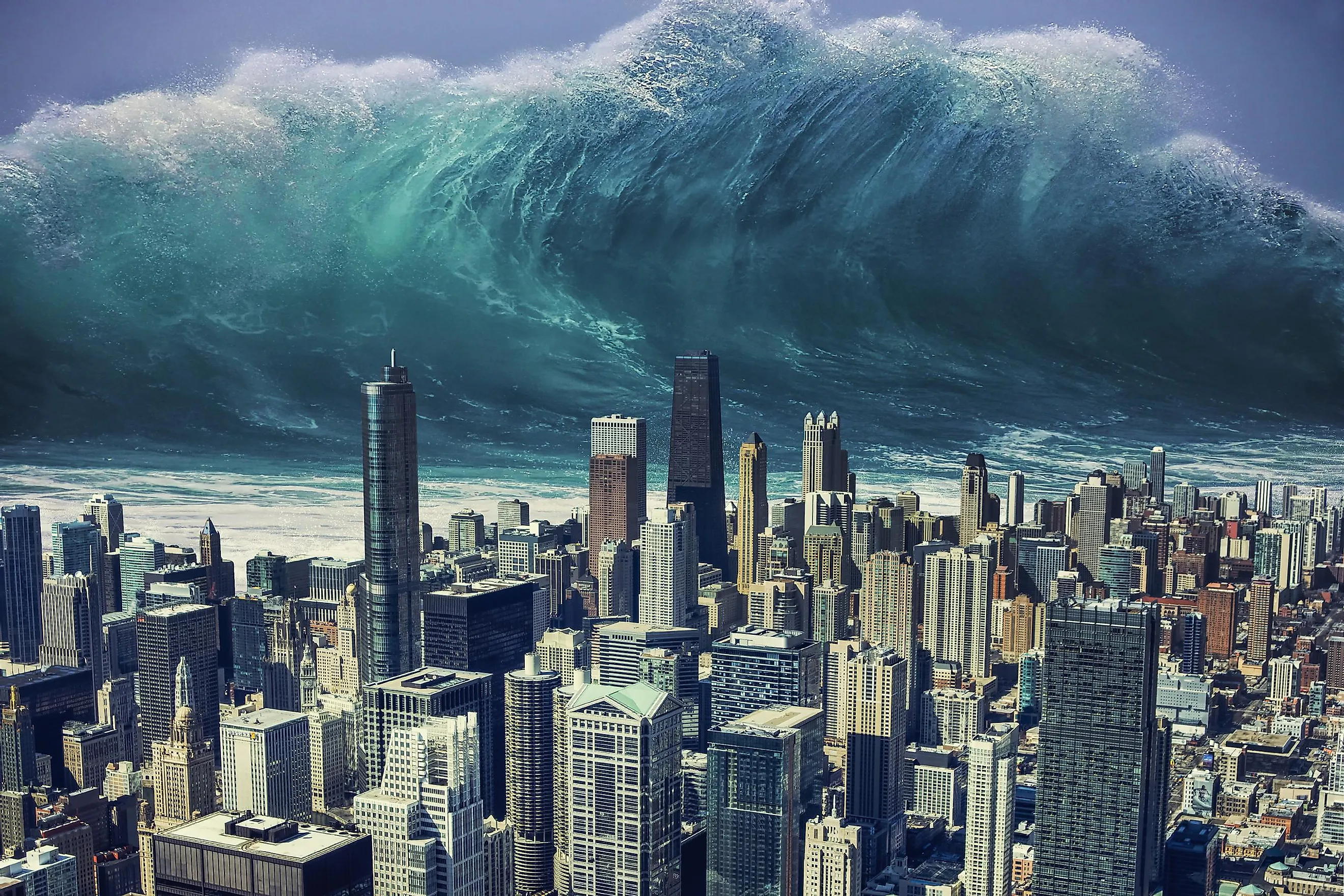
Tsunamis
Tsunami refers to a series of enormous waves with long wavelengths and lengthy periods generated in an ocean or a large lake by abrupt vertical movements of the ocean floor that leads to a displacement of a large volume of water within a short time. The name has been derived from the Japanese term ‘tsunami,’ where ‘tsu’ means ‘port’ and ‘nami’ means ‘wave.’ The combination of the words ‘tsu’ and ‘nami,’ literally means ‘harbor waves.’ The terms ‘seismic sea wave’ and ‘tidal wave’ are often used to describe this oceanographic phenomenon. However, both these terms are misleading as tsunamis have characteristics entirely different from tidal waves and can also be generated by non-seismic disturbances. Tsunamis are one of the most destructive natural disasters leading to several fatalities and extensive property damage. The 2004 Indian Ocean tsunami, which killed about 230,000 people in 14 countries bordering the Indian Ocean, is considered the worst natural disaster in recorded history.
Characteristics Of Tsunamis
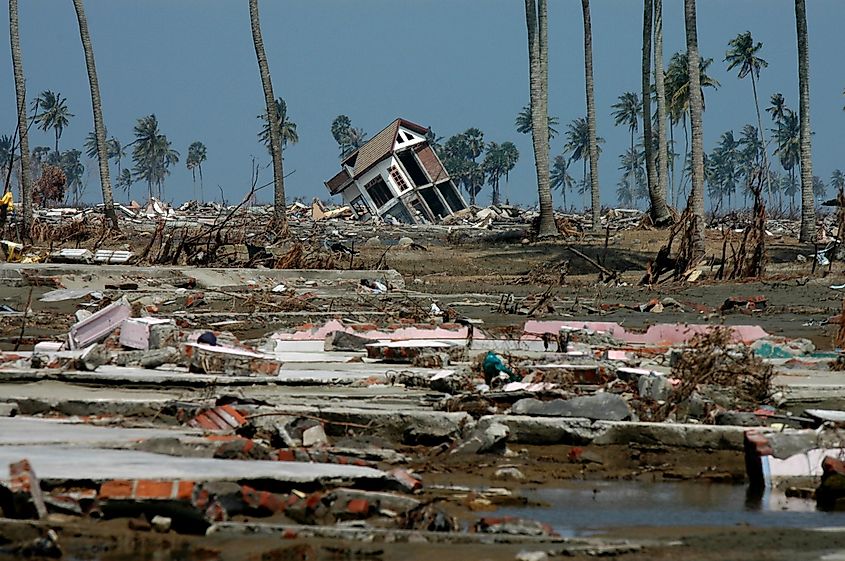
Tsunamis cause damage in two ways: the breaking force of a water wall moving at high speed and the devastating power of a vast water volume draining off the land and transferring excessive debris. In the deep ocean, sometimes tsunamis have a wavelength of about 310 miles and can travel more than 500 miles per hour. But due to the enormous wavelength, at any given point, the wave oscillation takes up to 20 to 30 minutes to finish a cycle and has an amplitude of only 3.3 ft. This characteristic makes it extremely difficult to detect tsunamis over deep waters. When a tsunami reaches the coast and meets with the shallow waters, the wave velocity is reduced due to friction with the rising sea bottom. There is a reduction in wavelength and an increase in wave height as a result of wave shoaling, and the coastal waters can reach as high as 100 ft above average sea level in just 10 to 15 minutes.
Causes Of Tsunamis
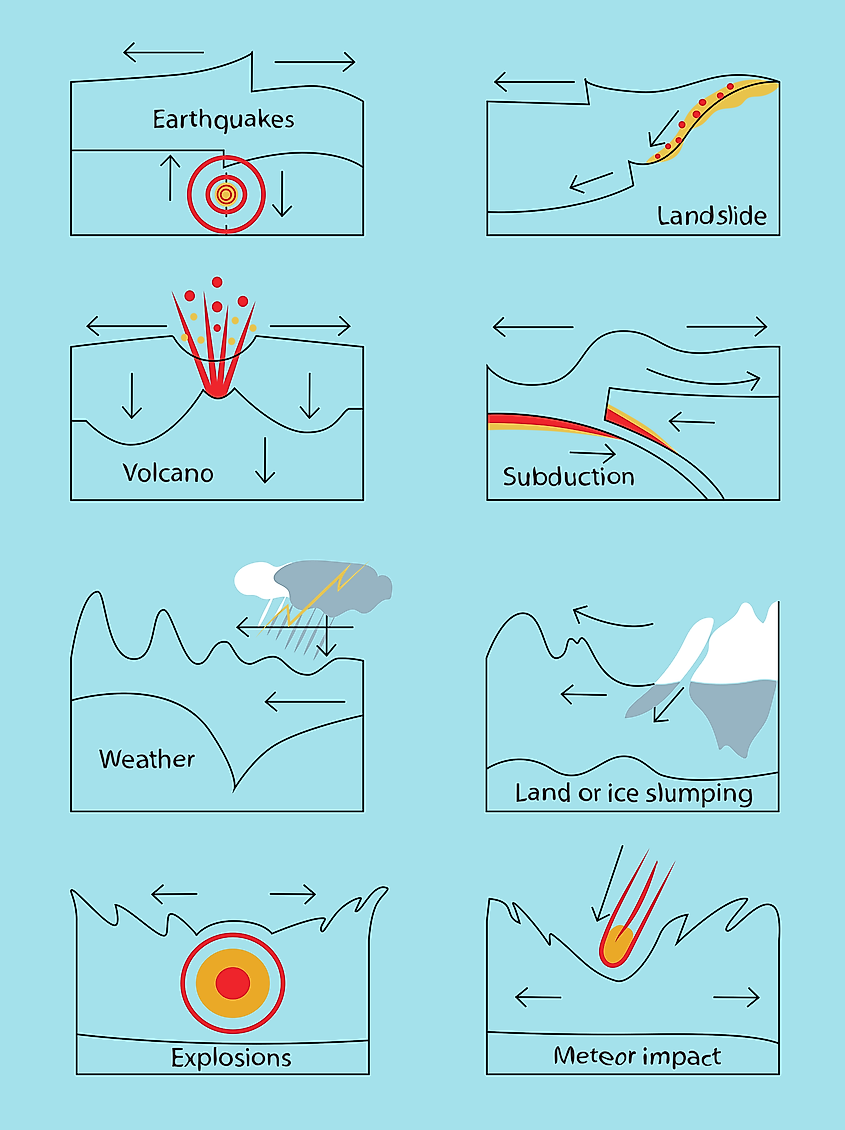
Tsunamis are brought about by earthquakes, volcanic eruptions, landslides, meteorite impacts, glacier calvings, and nuclear detonations above or below the water bodies. The different causes of tsunamis have been discussed below:
Earthquakes
In the 5th century BC, the Athenian historian Thucydides, in his book “History of the Peloponnesian War,” suggested that tsunamis were linked with submarine earthquakes. Tsunamis that are generated by underwater tectonic earthquakes can displace the water above the deformed seafloor from its equilibrium position. Specifically, when thrust faults linked with convergent boundaries move suddenly, it displaces water and launches rolling waves that eventually become a tsunami. Sometimes normal faults can also cause seabed displacement, but in these cases, only exceptionally large events must create displacements for significant tsunamis to occur.
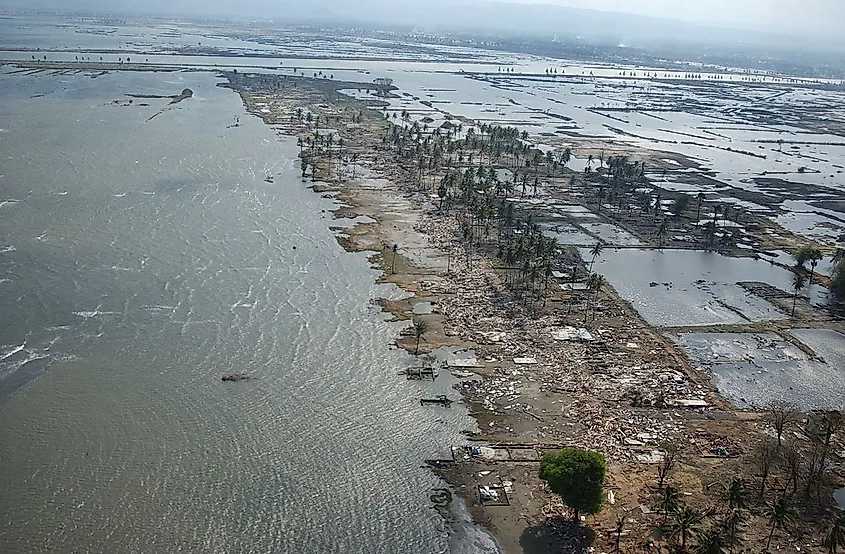
Approximately 80% of the tsunamis occur within the Ring of Fire, a geologically active area in the Pacific Ocean, where the movement of tectonic plates leads to frequent earthquakes and volcanic eruptions. Some powerful megathrust earthquakes which generated devastating tsunamis include the 1960 Valdivia earthquake, the 2004 Indian Ocean earthquake, the 2011 Tohoku earthquake, and the 1964 Alaska earthquake.
Landslides
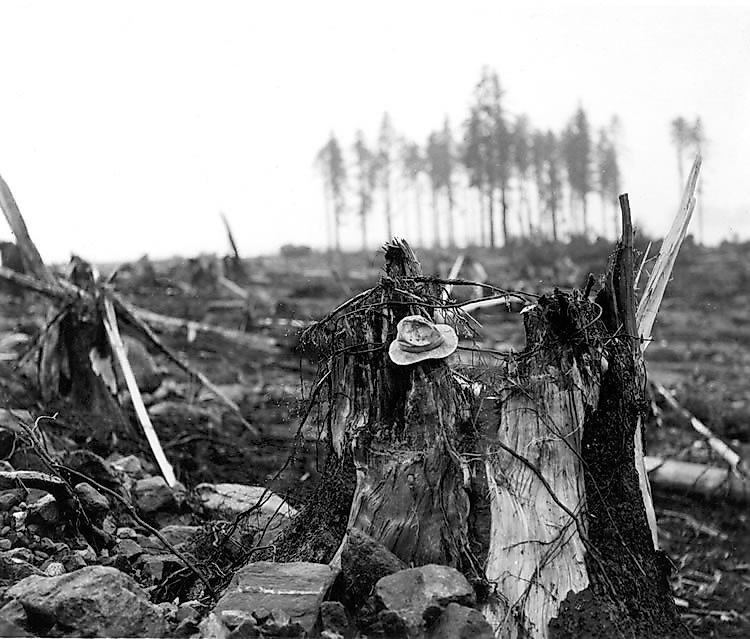
It was discovered in the 1950s that colossal submarine landslides could also generate tsunamis. The landslides rapidly displace large volumes of water that transfer energy at a comparatively faster rate than the absorbance capacity of the water body. Historians especially note the Tauredunum event of 563 AD, in which a massive landslide triggered a tsunami in Lake Geneva that led to the loss of several lives and widespread damage along the lakeshore. That submarine landslides can cause tsunamis was finally confirmed in 1958, when a massive landslide in Alaska’s Lituya Bay produced a tsunami wave having a height of 1,719 ft. Such tsunamis caused by the abrupt displacement of huge material into the water body have been called megatsunamis by scientists.
Volcanic Eruptions
An array of volcanic processes like volcanic earthquakes, submarine eruptions, collapse of the caldera, effects of lahars and pyroclastic flows on water bodies, avalanches of hot materials like lava into the sea, pyroclastic surges followed by shock waves, etc., can result in tsunamis. Scientists refer to these tsunamis produced by underwater volcanic eruptions as volcanogenic tsunamis. The most destructive volcanogenic tsunami in human history was the 1883 eruption of Krakatoa, which created waves that reached more than 130 ft in height and killed about 36,000 people.
Meteorological Conditions
Some meteorological conditions, like fast changes in barometric pressure, can lead to water displacement. Scientists refer to such type of tsunami as a meteotsunami. Meteorological tsunamis are also triggered by extreme weather events like severe thunderstorms, storm fronts, etc., all of which result in rapid atmospheric pressure change. Meteotsunamis have been documented in places like the Great Lakes, Daytona Beach, the English Channel, the Aegean Sea, Nagasaki Bay, Tolchester Beach, and the Balearic Islands.
Warnings About Tsunamis
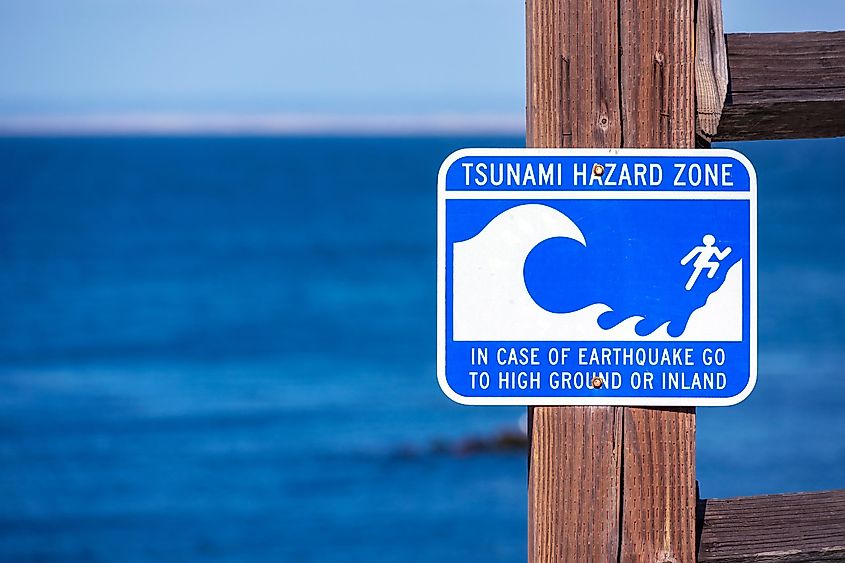
Considering the loss of thousands of precious lives and immense property damage due to the occurrence of a tsunami, some serious mitigation measures need to be taken. A tsunami warning system must be set up, which can help to detect tsunamis in advance and issue timely warnings so that evacuation can be carried out in low-lying coastal areas. However, sometimes even if the location and magnitude of an earthquake are known, it is very difficult to predict an occurrence of a tsunami quite precisely. Currently, the early warning systems rely on bottom pressure sensors connected with DART buoys for instant and accurate tsunami forecasts.
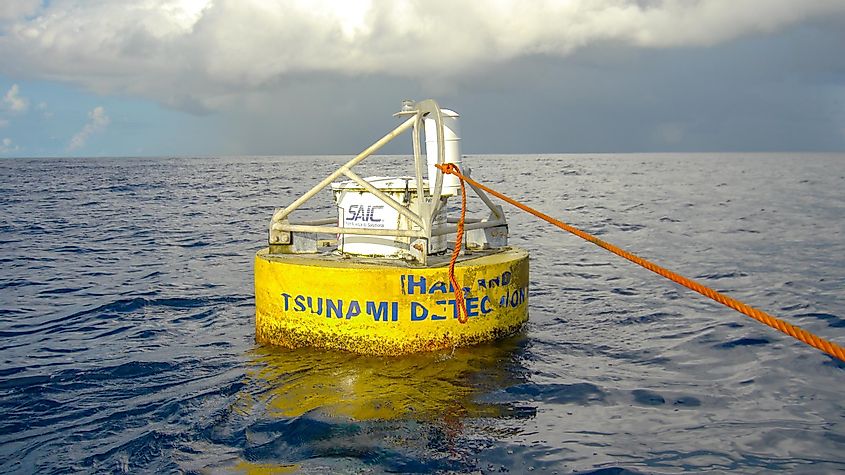
The Pacific Tsunami Warning Center, located in Hawaii’s Ewa Beach, issues tsunami warnings for most of the Pacific Ocean. Located in the city of Palmer in Alaska, the National Tsunami Warning Center issues tsunami warnings for Alaska, Oregon, the Gulf of Mexico, California, British Columbia, and the East Coast of the United States. After the deadly 2004 Indian Ocean Tsunami, the Indian Ocean Tsunami Warning System was established to warn the people residing in the nations surrounding the Indian Ocean.
Presently, tsunami-prone countries have taken several “earthquake engineering” measures to reduce onshore damage. Japan has constructed up to 39 ft high tsunami walls to protect the populated coastal regions. Several floodgates up to 51 ft high and channels have also been built to divert the waters of an incoming tsunami. Nevertheless, the effectiveness of these measures has always been questioned as sometimes tsunamis have toppled the walls and caused significant damage.
